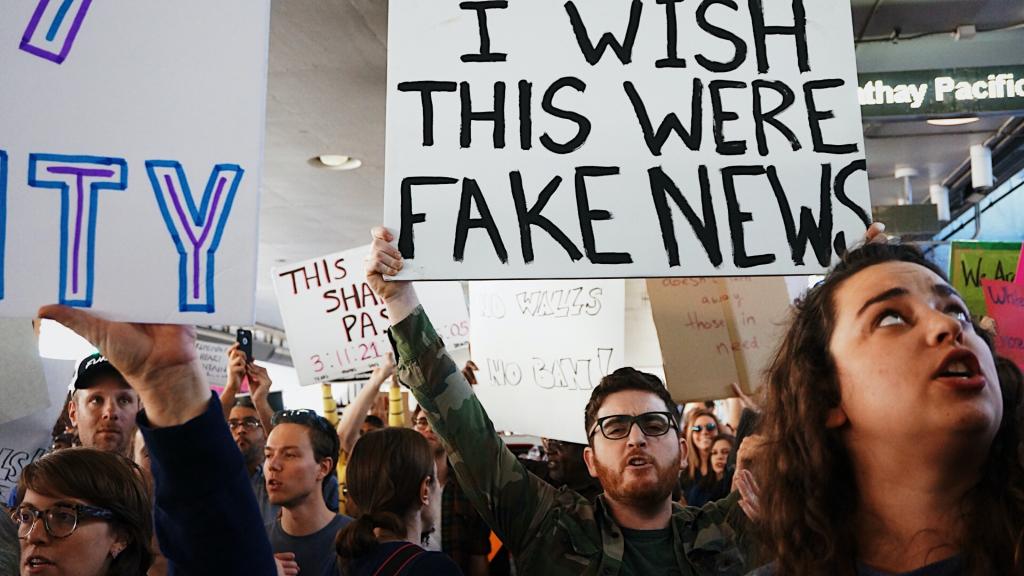This article is part of the series Governance, in crisis.
By Adam Przeworski
Carroll and Milton Petrie Professor Emeritus
Department of Politics
New York University
Many of us do not believe what politicians say. We often suspect that they hide bad news and exaggerate good news. And one can argue that we want them to lie, to portray our future as better than one could realistically expect it to be. As a slogan proclaimed in May 1968 in Paris, “We Want Promises.” Imagine a politician who would say, “Things are going to be bad and there is little we can do about it.” He or she would suffer at the polls.
In the language of game theory, this is an equilibrium: We want the politicians to lie; politicians know we want them to lie; so they lie. But it is also possible that politicians misinform not because they are trying to manipulate us but because they hold illusory beliefs themselves.
Which brings us to the reactions of a selection of political leaders to the outbreak of COVID-19:
China
It is clear that the Wuhan authorities were initially trying to hide from the central leadership the information that something wrong was happening on their terrain. The first cases of a mysterious illness among people frequenting the Huanan Seafood Market occurred in mid-November 2019 but the presence of the disease was publicly acknowledged only on December 31 and only after an alarm was sounded by some Wuhan doctors on social media. The information was immediately censored and its authors were admonished by the Public Security Bureau of Wuhan.
But here comes the question: What did the Wuhan authorities and subsequently the central leaders believe about this new disease?
In its public communique on December 31, the Wuhan Health Commission claimed that “obvious signs of human-to-human transmission have yet to be discovered, and no medical staff are known to have contracted the illness.” Its message on January 11 was the same. Only by January 15 the very possibility that the virus can be transmitted from person to person was raised, “… but the risk of sustained human-to-human transmission is low.” It was not until January 20 that Dr. Zhong Nanshan, the leading expert on coronavirus who dealt with SARS in 2003, announced in a TV interview that coronavirus is transmissible between people. In the following days the leadership frantically mounted a campaign to prevent the spread.
France
The Chinese Foreign Ministry communicated to other governments the information about the mysterious disease in Wuhan on January 3. What no one knew is whether the disease would travel outside China and how dangerous it is.
By March 1, there were 87,500 known cases of infection in the world but 80,000 of them in China. Already 130 cases and two deaths were reported in France and the government adopted initial albeit timid measures to contain the epidemic, isolating everyone who had recently returned from China and people who had contact with them. But the government simultaneously issued assurances that “the situation is under control” and that “this virus is not more dangerous than the flu” so there was little public anxiety about it.
…one can also err by being too alarmist…
Still on March 4, when France had 212 known cases and four deaths, the spokeswoman of the Government stated in a radio interview, “We are not in an epidemic stage,” citing the fact that each year the flu affects 2.5 to 3 million people in France.
By March 12, the situation was alarming. That day, the newly formed Scientific Council informed the President that letting the virus run its course could lead to infection of half of the population and hundreds of thousands of deaths. By evening, the President ordered a quarantine and several other measures.
On the other hand, one can also err by being too alarmist: in 2008 the French Ministry of Health spent 1.5 billion euros on flu vaccines and only 8% of the French vaccinated, leading to an accusation of wasteful spending against the Minister, Roselyn Bachelot-Narqui. What is a mistake in omniscient retrospect need not be irrational before uncertainty unveils.
US
The reactions of Donald Trump to the crisis are summarised by the Washington Post. On January 22, when there was just one case in the US, Trump assured, “We have it totally under control. It’s one person coming in from China, and we have it under control. It’s going to be just fine.” On February 10, “Looks like by April, you know, in theory, when it gets a little warmer, it miraculously goes away.” On February 28, “It’s going to disappear. One day, it’s like a miracle, it will disappear.” On March 10, when there were already 615 confirmed cases and 22 deaths, “We’re prepared, and we’re doing a great job with it. And it will go away. Just stay calm. It will go away.” When someone invokes miracles, there is apparently nothing we need to do but hope and wait.
This is an excerpt. To read the full article, visit The Global.
Interested in contributing to our blog? Here is how.
Photo by Kayla Velasquez on Unsplash


